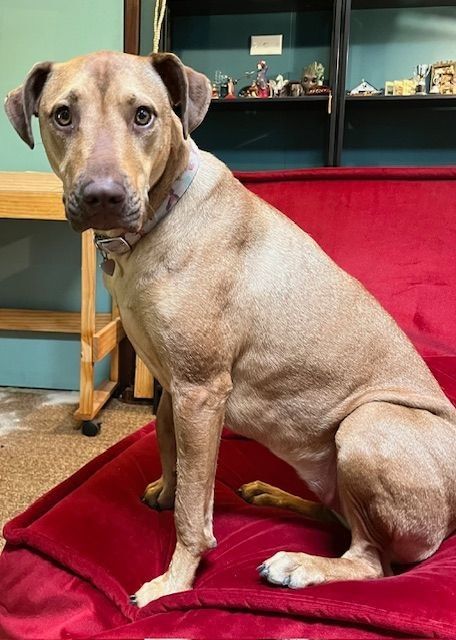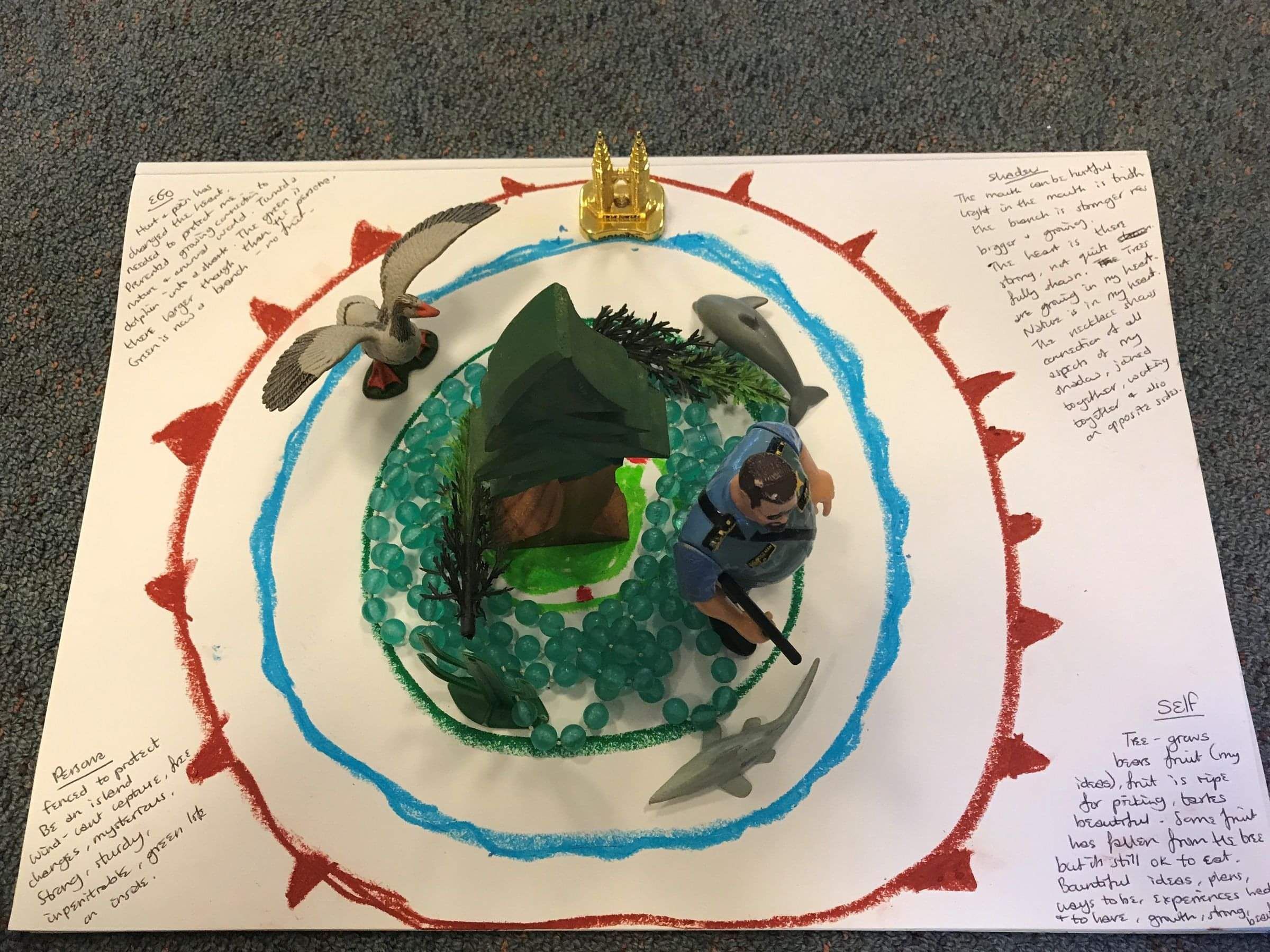
Counselling / Psychotherapy
"Professional counselling is a safe and confidential collaboration between qualified counsellors and clients to promote mental health and wellbeing, enhance self-understanding, and resolve identified concerns. Clients are active participants in the counselling process at every stage. Counsellors are fully present with their clients, using empathy and deep listening to establish positive working relationships. Counselling is effective when clients feel safe, understood, respected, and accepted without judgement. Changes facilitated by counselling include: change in perspective, new insight, new ways of thinking about situations, new awareness of feelings, enhanced capacity to tolerate and regulate feelings, new actions or behaviours, and new decisions about life." (pacfa.org.au).
Psychotherapy is a talk therapy to help people with a range of troubling emotional or mental health concerns to improve functioning and wellbeing so that people can live more fulfilling lives. Psychotherapy helps diffficulties that occur in life such as experiences of anxiety, depression or the death of a loved one.
My counselling approach is eclectic combining elements of various counselling theories and approaches to suit the individuals presenting issues, therefore, utilising for example;
Acceptance and Commitment Therapy (ACT), Person Centred Therapy, Psychodynamic Therapy, Narrative Therapy, Emotion Focused Therapy, CBT (Cognitive Behaviour Therapy), Family Systems Therapy, Gestalt Therapy, Solution Focused Therapy, Behaviour Therapy, Mindfullness CBT, Internal Family Systems (IFS), Attachment Therapy, Interpersonal Therapy.
Additional information:
Trained in understanding; narcissistic abuse / pathological love relationships and works as a counsellor with victim / survivors of Family Domestic Violence.
Trained in Response Ability Pathways (RAP) - Circle of Courage Model - working with Troubled Children and Youth. I have qualifications, experience, training and sound knowledge in working with 'at risk' and 'at extreme risk' young people in various settings from youth work agencies, prolific offenders, residential settings, out of home care / foster care.
Expressive Therapy group work for self-discovery are occasionally offered.
Trained in Animal Assisted Therapy / Animal Assisted Psychotherapy with over 200 hours of training in this field. Working with my dog Nala, cats Dobby and Ziggy and also my miniature donkeys Pino and Piccollo.
Please read on for further information...
Expressive Therapy
Expressive Therapy (ET) a counselling approach using expressive arts activities that work with the mind, body and emotions. ET provides safe expression of feelings and supporting self-awareness in helping clients gain deeper understanding of the issues they are experiencing and intrapersonal insights. ET activities contain a variety of modalities, for example; visualisation, relaxation, artistic based, bio-energetic (movement), drawing, music, sand play, symbol work, working with clay and body focus. ET activities support the processing of thoughts and feelings that are often driving behaviour and supporting positive behaviour change. ET supports the emotional healing of children, adolescents and adults. ET was founded on the tradition of expressive arts therapies, Jungian, Gestalt, transpersonal and constructivist psychology (Pearson & Wilson, 2013).
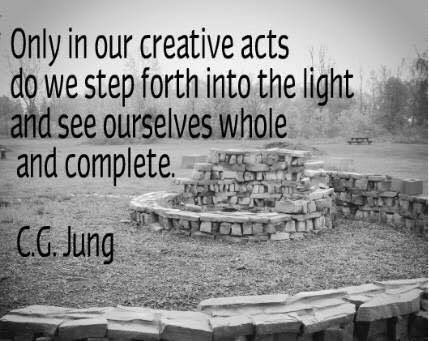
Animal Assisted Therapy
The Definition: Animal-assisted therapy:
“Animal-assisted therapy” includes deliberately planned pedagogic, psychological and socially
integrative interventions with animals for children, youths, adults and senior citizens with cognitive,
social-emotional and motoric disabilities, and behavioural problems, and for focused support. It also
includes health-promoting, preventive and rehabilitative measures.
Animal-assisted therapy takes place individually and within a group setting.
Animal-assisted therapy is based on the relationship and process structure within a triangular
relationship between the client, animal and therapist. Animal-assisted therapy involves methods by
which clients interact with animals, communicate via animals or are active for animals.
Implementation is goal-oriented and based on a clear process and topic orientation taking into
account animal-ethical principles with subsequent documentation and professional well-founded
considerations.
The general goals of animal-assisted therapy are:
1. the restoration and maintenance of physical, cognitive and emotional functions,
2. the support of capabilities and skills by carrying out activities and treatments,
3. the support of inclusiveness in the particular life situation, and
4. the improvement of subjective wellbeing"
(European Society for Animal Assisted Therapy)
"Animal Assisted Play Therapy (AAPT) is defined as the integrated involvement of animals in the context of play therapy, in which appropriately trained therapists and animals engage with clients primarily through systematic playful interventions, with the goal of improving clients' developmental and psychological health, while simultaneously ensuring the animals well being and voluntary engagement. Play and playfulness are essential ingredients of the interactions and the relationship"
(Van Fleet & Faa-Thompson, 2017).
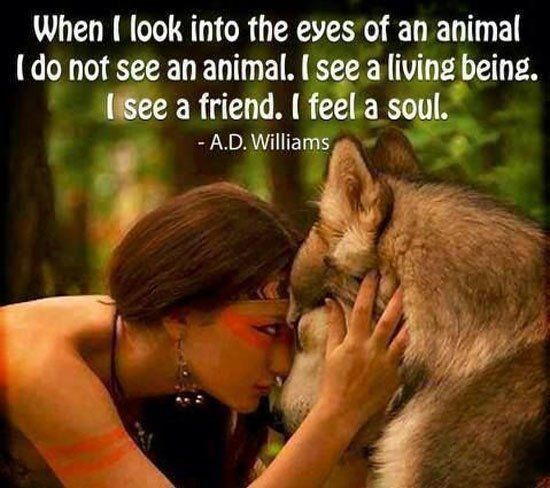
Animal Assisted Therapy (AAT) sessions may include the therapy animal for 10-30 minutes and then other counselling activities and interventions are applied to continue addressing therapy goals.
Therapy Assistant Animals at IJCS:
I have two Therapy assistant cats called Dobby and Ziggy who were rescued as kittens. Dobby and Ziggy bring their own personalities to AAT and both enjoy working with clients in different ways being relaxed, playful and curious.
This is Ginger my weerio, who loves to mimic along with his feathered friend Wally.
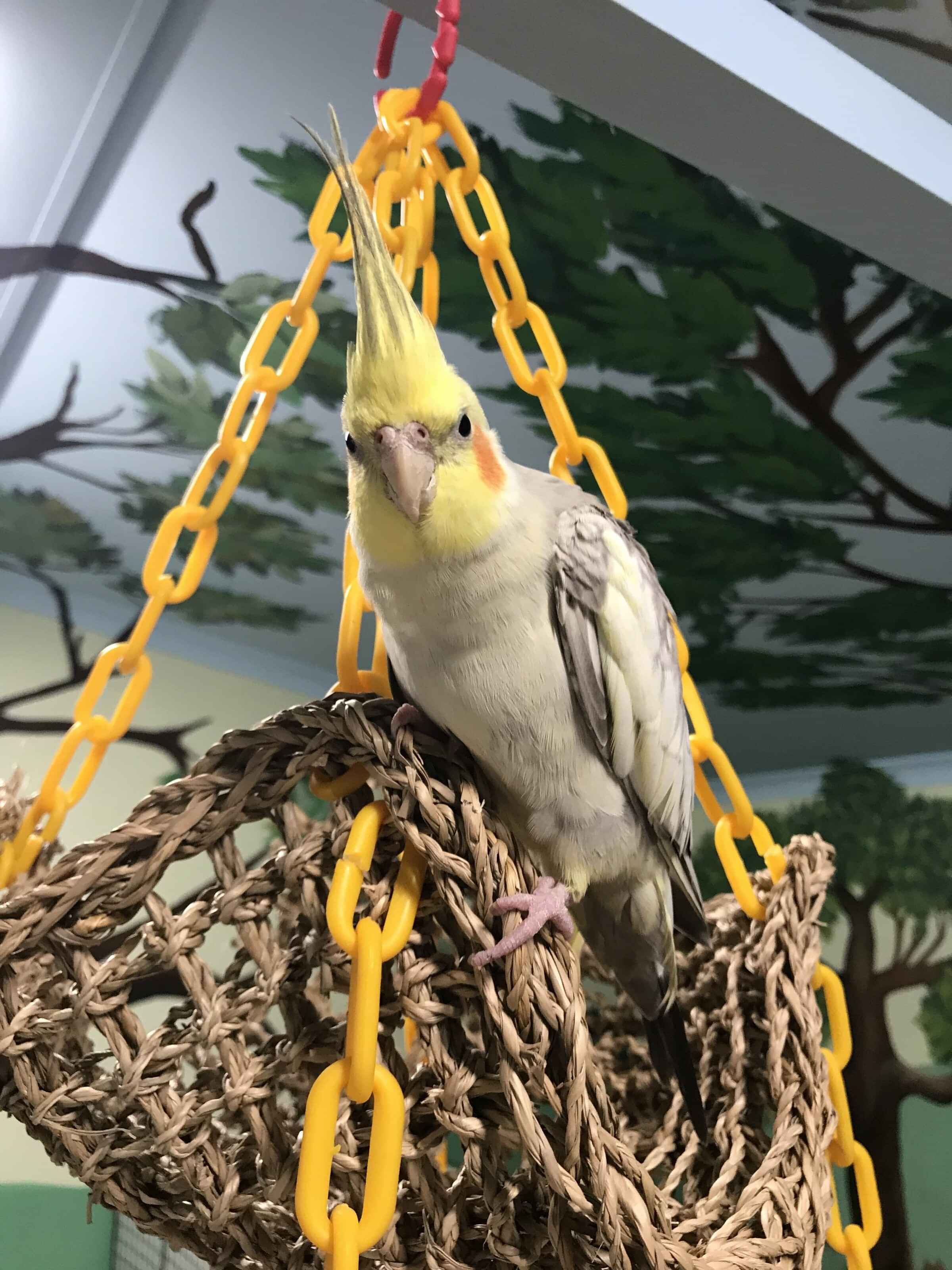
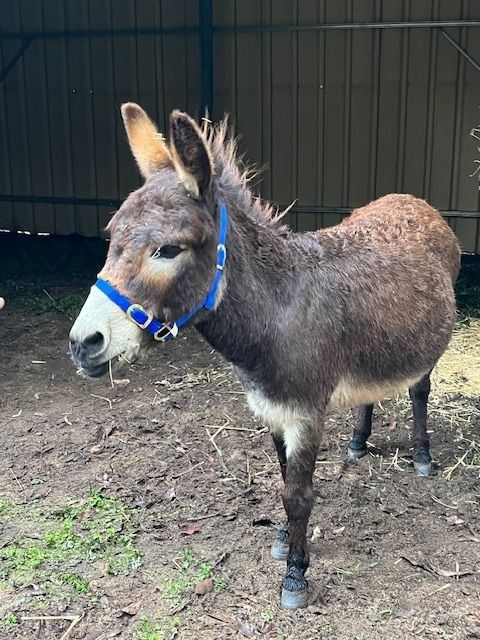
Piccollo
Miniature Mediterranean Donkeys
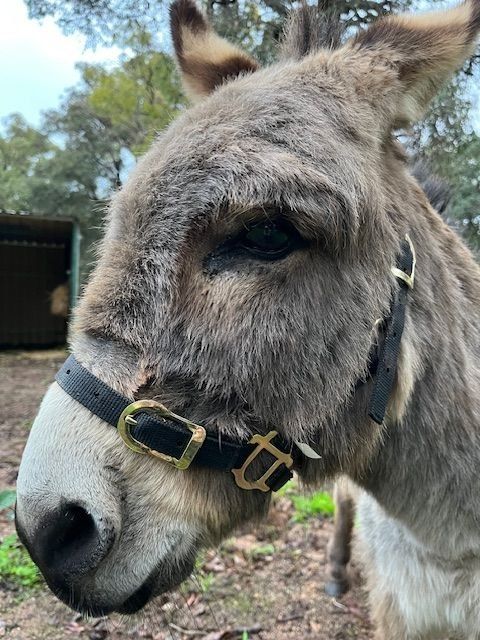
Pino
